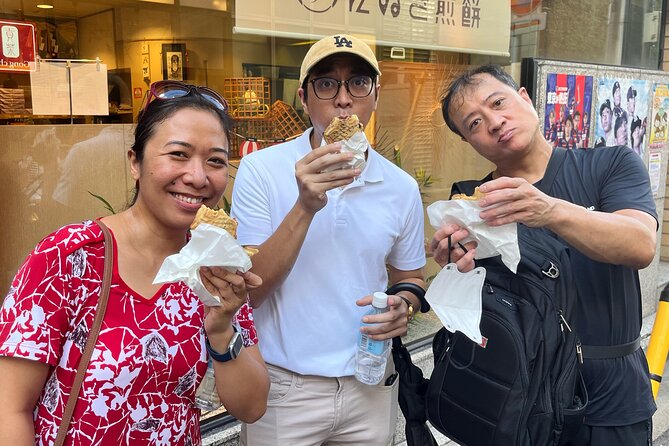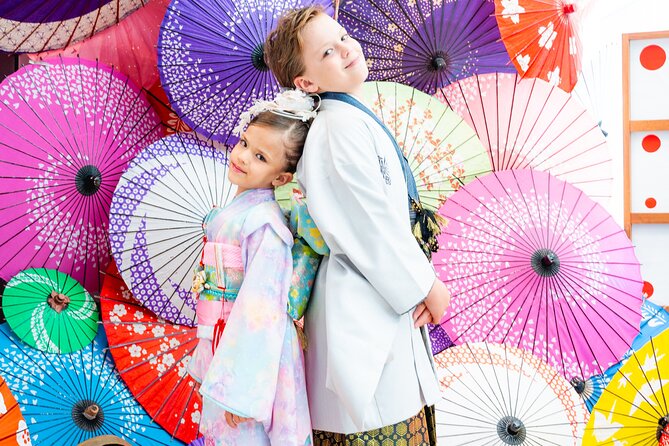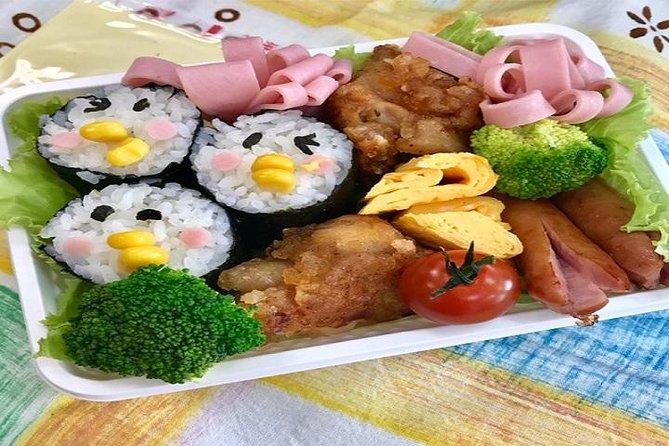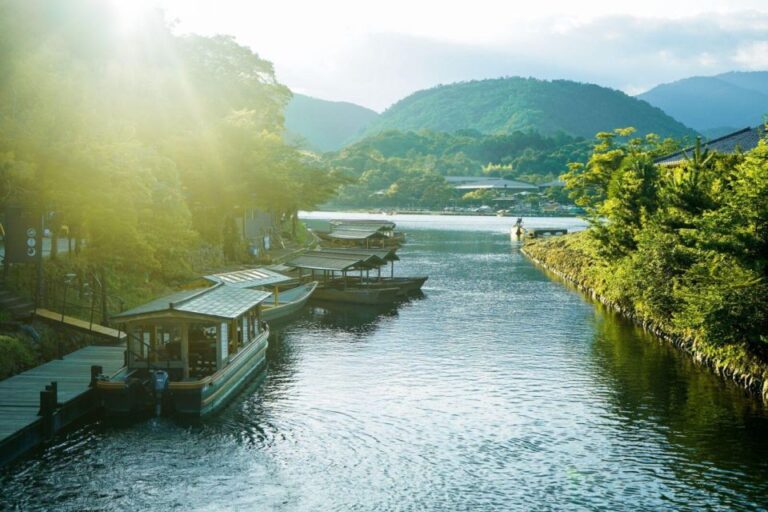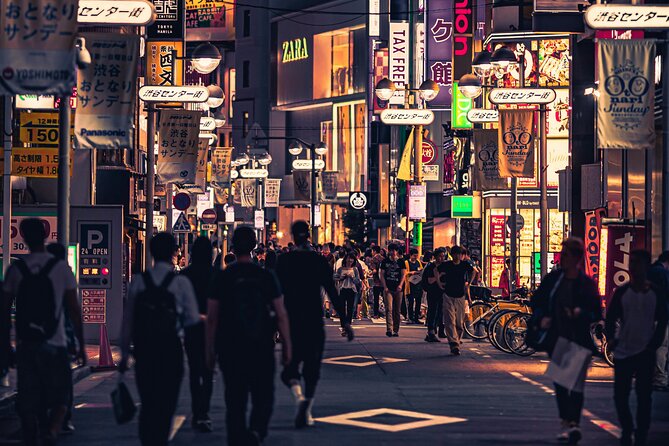Traditional Fashion Mens Kimono
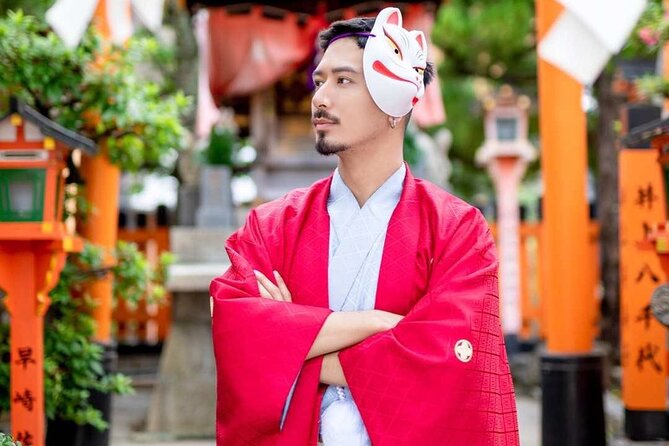
‘Tradition meets contemporary elegance in the realm of men’s kimono fashion, where the past weaves seamlessly into the present. As the saying goes, ‘Clothes make the man,’ and nowhere is this truer than in the artful creation of a perfectly tailored kimono.
Step into a world where every fold, every stitch, tells a story of craftsmanship and cultural heritage, inviting you to explore the intricacies of traditional Japanese attire. Discover the secrets behind the timeless allure of men’s kimono, from the various styles and accessories to the etiquette and symbolism ingrained in each garment.
Uncover how modern interpretations breathe new life into this ancient art form, offering a glimpse of a dynamic and ever-evolving fashion landscape.’
Key Points
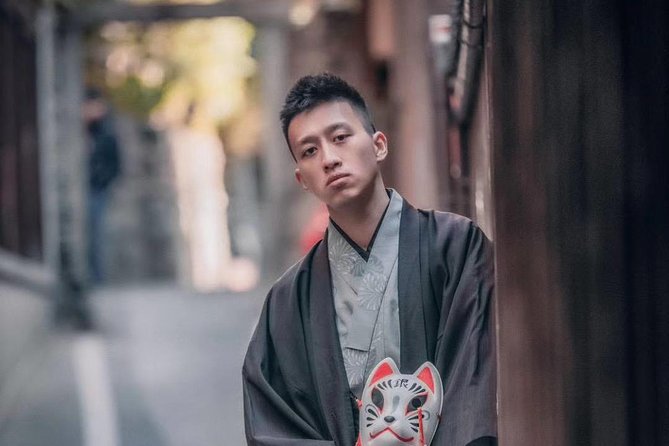
- Men’s kimonos symbolize social status and convey subtle messages about the wearer.
- Different kimono styles blend tradition with modern influences for various occasions.
- Accessories like Obi and Tabi Socks enhance the kimono’s appearance.
- Kimono fabrics, patterns, and symbolism reflect Japan’s rich cultural heritage and intricate designs.
It's also worth checking out some other tours and experiences nearby.
Cultural Significance
Traditional men’s kimonos hold significant cultural importance in Japan and are often worn ceremonially or for special occasions. These garments, typically made of silk, feature intricate designs and are a reflection of the wearer’s social status, age, and marital status.
The way a man wears his kimono, including the obi (sash) and other accessories, can convey subtle messages about his background and personality. For example, younger men might wear brighter colors and bold patterns, while older men tend to opt for more subdued hues.
The art of wearing a kimono is passed down through generations, with specific rules governing how to dress appropriately for different events and seasons. This traditional attire remains a symbol of Japan’s rich cultural heritage.
Kimono Styles for Men

Men’s kimono styles showcase a blend of traditional elegance with modern influences, reflecting a harmonious fusion of heritage and contemporary trends.
There are various types of men’s kimonos, each with unique characteristics. The ‘Yukata’ is a casual summer kimono made of lightweight cotton or linen, often worn to festivals or casual events.
For more formal occasions, men may opt for the ‘Iromuji,’ a single-colored kimono with subtle patterns, suitable for ceremonies or tea ceremonies.
The ‘Haori’ is a shorter jacket worn over the kimono, adding a layer of sophistication to the outfit. Plus, the ‘Montsuki’ features a plain black kimono with family crests, commonly worn for formal events like weddings or ceremonies.
Each style offers a glimpse into Japan’s rich cultural heritage while adapting to modern tastes.
Kimono Accessories
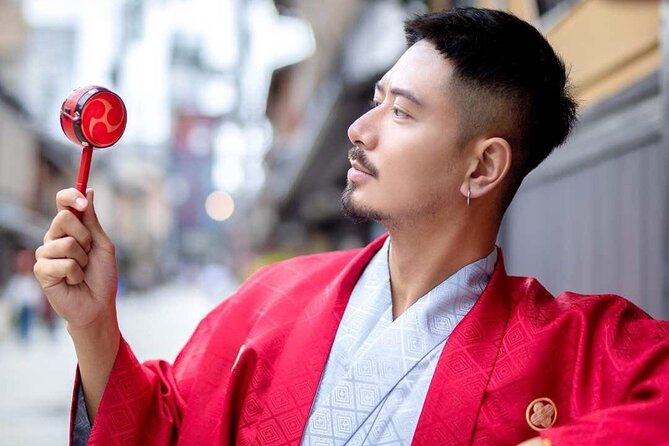
One key aspect to complementing a kimono ensemble is the selection of accessories that enhance its overall appearance and significance. Accessories play a vital role in completing the traditional Japanese attire, adding layers of cultural and aesthetic value to the outfit.
Some popular kimono accessories include:
- Obi: A wide belt worn around the waist to secure the kimono and add a decorative touch.
- Tabi Socks: Traditional split-toe socks that are worn with zori sandals.
- Haori: A kimono jacket worn over the main kimono for added warmth and style.
- Kanzashi: Ornate hair ornaments used to accessorize traditional hairstyles that accompany the kimono.
Kimono Fabric and Patterns
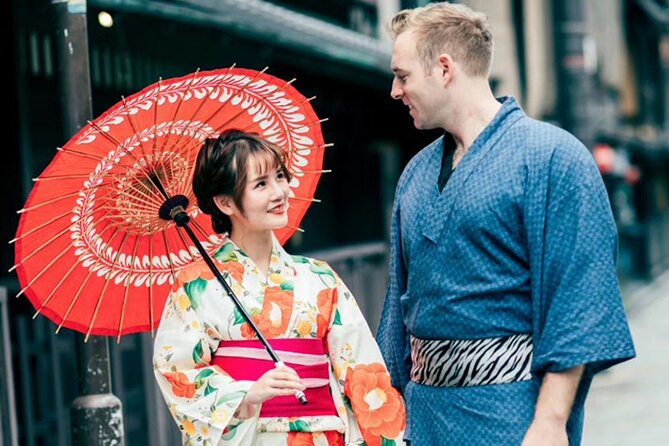
Kimono fabric and patterns showcase a rich tapestry of colors, motifs, and textures that reflect Japan’s cultural heritage and artistic traditions. Fabrics like silk, cotton, and synthetic materials are commonly used, with silk being the most luxurious choice. Traditional patterns such as floral motifs like cherry blossoms, chrysanthemums, and peonies symbolize different meanings like beauty, longevity, and prosperity.
Other popular designs include geometric shapes, animals like cranes and turtles representing good fortune, as well as auspicious symbols like waves and clouds. The intricate weaving techniques and dyeing methods result in exquisite kimono fabrics that aren’t only visually appealing but also carry deep cultural significance in Japanese society.
Kimono Wearing Etiquette
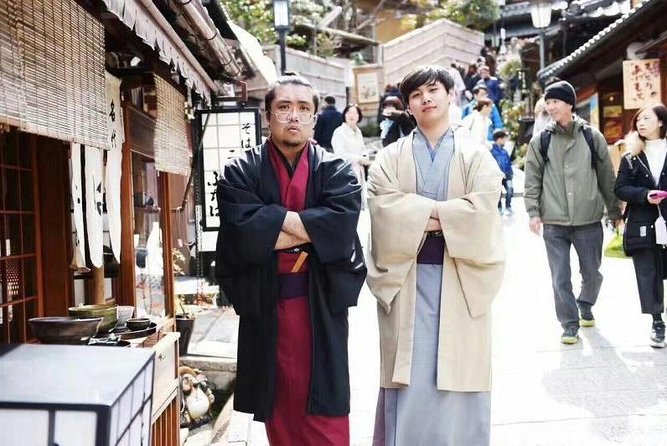
Reflecting Japan’s cultural heritage and artistic traditions, proper kimono wearing etiquette plays a significant role in maintaining the authenticity and respect for this traditional garment. When wearing a kimono, individuals should adhere to specific guidelines to honor its significance:
- Proper Dressing: Ensure the left side wraps over the right, as the opposite signifies dressing for the deceased.
- Obi Placement: Tie the obi at the back, avoiding a front tie which is reserved for geishas and brides.
- Footwear: Choose appropriate tabi socks and footwear, such as geta or zori, to complement the kimono.
- Occasion Suitability: Select the kimono’s fabric, color, and design based on the event’s formality and season.
Modern Interpretations
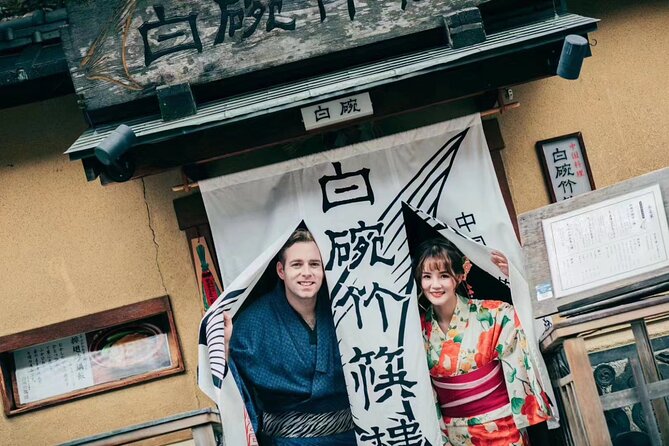
In contemporary fashion, designers and enthusiasts are reimagining traditional mens kimono styles with innovative twists and modern influences. Modern interpretations of the classic kimono include variations in fabrics, colors, and patterns. Some designers experiment with incorporating Western elements, such as tailored cuts or unconventional materials, into the traditional garment.
Others focus on creating fusion pieces that blend Japanese aesthetics with contemporary trends, appealing to a wider audience. Plus, modern mens kimono designs often feature updated accessories like stylish belts, sleek shoes, and trendy bags to complement the overall look. These reinterpretations breathe new life into the timeless kimono attire, bridging the gap between tradition and modernity in the world of fashion.
Where to Experience Kimono Fittings
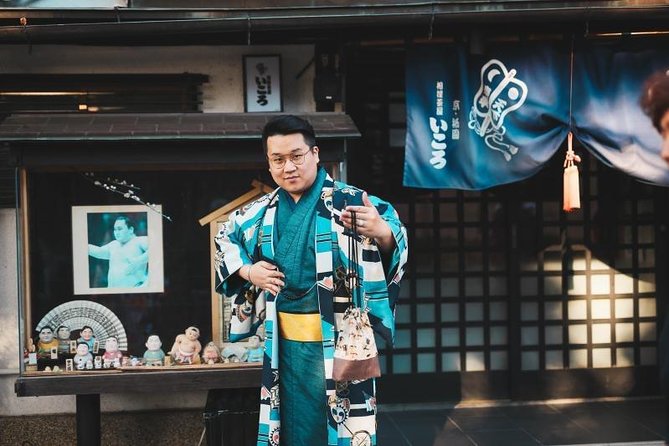
For those interested in experiencing traditional men’s kimono fittings firsthand, exploring specialized rental services in Kyoto, Japan offers a unique opportunity to take in the cultural attire. These services provide a chance to wear authentic kimonos and participate in the intricate process of dressing in traditional garments.
Here are some key features of these kimono fitting experiences:
- Professional assistance in selecting and putting on the kimono.
- Access to a variety of accessories such as shoes, belts, and bags to complete the outfit.
- Availability of translations in English, Chinese, Korean, and Japanese for clear communication.
- Optional hairstyle and makeup services to complement the traditional look.
Frequently Asked Questions
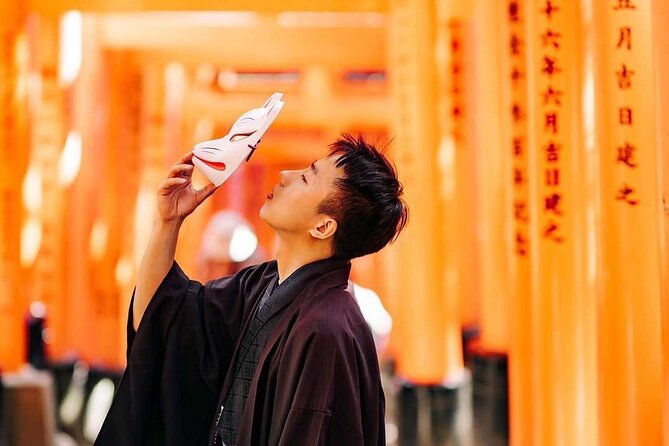
Can Men Wear Traditional Women’s Kimonos?
Men can wear traditional women’s kimonos, but it’s essential to consider cultural norms and appropriateness. Some may find it respectful to stick to traditional men’s kimonos, while others embrace gender-fluid fashion choices. Ultimately, personal comfort and respect are key.
Are There Specific Colors or Patterns That Are Considered Inappropriate for Men’s Kimonos?
When choosing colors or patterns for men’s kimonos, it’s essential to consider cultural norms and occasions. While there aren’t strict rules, bold, vibrant colors and intricate designs are generally preferred for formal events, while subtler tones are suitable for more casual settings.
How Do You Care for and Clean a Men’s Kimono?
To care for and clean a men’s kimono, gently spot clean stains with a damp cloth and mild detergent. Air out after wearing to prevent odors. Dry clean when necessary. Avoid washing at home to preserve the delicate fabric and intricate details.
Can Men Wear Kimonos for Everyday Wear, or Are They Reserved for Special Occasions?
Men can wear kimonos for everyday wear or special occasions. The garment’s versatility allows for casual or formal styling. Kimonos are not restricted to specific events, offering men a unique and traditional fashion option suitable for various occasions.
Are There Any Superstitions or Taboos Associated With Wearing a Men’s Kimono in Japan?
In Japan, wearing a men’s kimono doesn’t carry superstitions or taboos. Kimonos are commonly adorned for various occasions, from formal events to everyday wear. Embracing cultural traditions, men can confidently don this attire without fear of negative associations.
Recap
To sum it up, the Traditional Fashion Mens Kimono service in Kyoto offers a unique and immersive experience into the world of traditional Japanese attire.
With a variety of kimono styles, accessories, and expert services available, visitors can explore the rich cultural heritage of Japan in a memorable and educational way.
Whether you’re looking to learn about kimono wearing etiquette or simply want to try on these iconic garments, this experience promises to be a highlight of your time in Kyoto.


